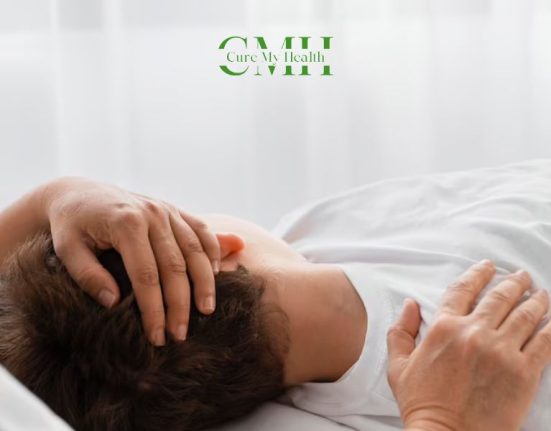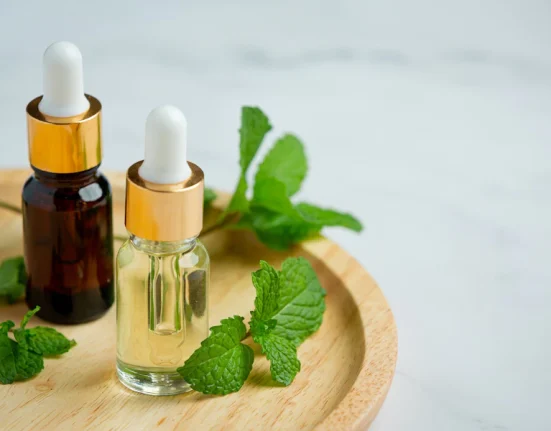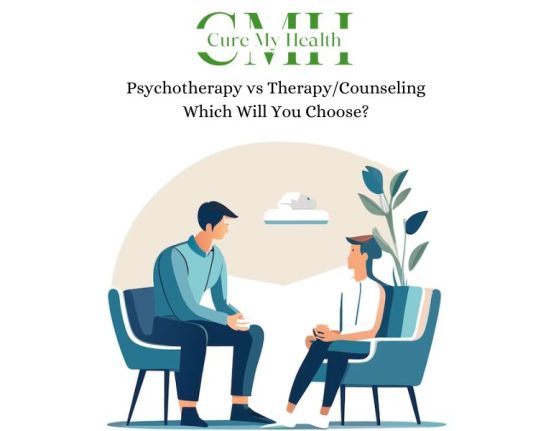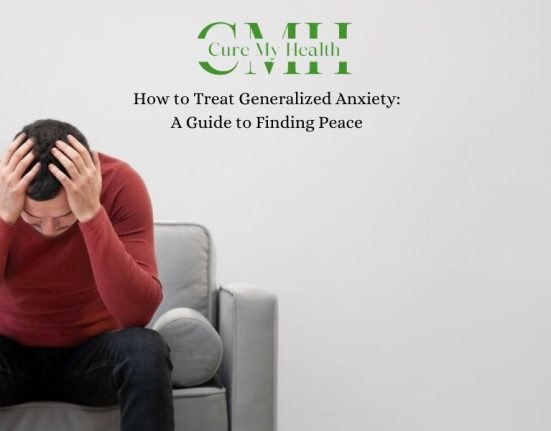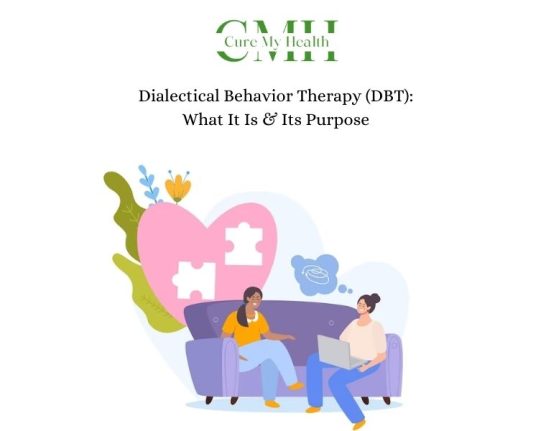Trypophobia creates fear when you see lots of holes in patterns or objects such as sunflowers, honeycomb, sponge and seedy fruits that cause this response. It is a type of anxiety disorder. Exposure therapy will help you to manage repulsions to holy patterns.
What is Trypophobia?
A trypophobia is a repulsion to objects like sunflowers, honeycomb, and sponge that have repetitive patterns of small holes. People who suffer from trypophobia may fear the pattern of small holes.
The name comes from Greek words “trypta”, which mean hole and meaning of “phobia” is fear. Trypophobia first appeared in 2005. People with trypophobia feel more uncomfortable when they see a cluster of circles. This type of person has strong physical and emotional reactions whenever they see patterns made of holes.
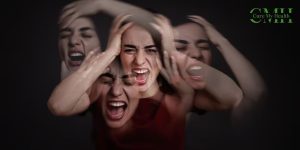
What Things Trigger Trypophobia?
A person has more adverse reactions to holey objects or clusters, how close are they to it? Fear of holes trigger may include:
- Bread and seedy fruit with lots of holes.
- Dairy products like cheese with holes.
- Bagels with seeds
- Honeycomb, sunflower and lotus pod seed.
- Insects and bees.
- Sponge
- Base or sole of shoes.
- Skin of snakes, lizards, reptiles and frogs.
- Shower heads
- Spotted animal skin
- Cake bread or pie
Causes of Trypophobia
Causes of trypophobia are unknown as research in this area is limited. Several theories are found by researchers to account for the origin of trypophobia. Trypophobia includes some factors and has connections between similar visual clusters or patterns and threats posed by dangerous animals and disease, a general response to visual stimuli, and linked with other potential disorders. For example, if you link a pattern of small holes with the skin of a snake and these holes will remind you of skin disease or skin rashes.
Another statement is that if your brain uses more energy and extra inhale oxygen to process holey patterns, triggering feelings of anxiety. This may also be called a feature of obsessive compulsive disorder.
Symptoms of Trypophobia
Symptoms of trypophobia are:
- Nausea or vomiting
- Feel dry mouth or choking
- Increase in heart beat
- Shaking
- Shortage of breathing
- Sweating
- Itching, goosebump
People may experience these symptoms several times in a week or everyday. Sometimes, trypophobia never goes away.
Risk Factor of Trypophobia
Trypophobia mostly occurs in women as compared to men. It is also found in family history. An extreme condition of trypophobia may affect your ability to work, school, college and personal life. You may experience:
- Anxiety or depression
- Generalized anxiety disorder (GAD)
- Societal anxiety
- Suddenly panic attack
- Obsessive-compulsive disorder (OCD)
- Insomnia
- Bipolar disorder
Diagnosis of Trypophobia
If you have fear of holes, consult with a primary care doctor or therapists will ask you some questions related to your symptoms and how it affects your daily life. Our researchers created a 17 questions list which is called a trypophobia questionnaire. These questions will be based on your severity of questions like your anxiety or fear measured on scale from 1 to 5 which indicate that “not at all” and extremely when they see pictures of holes.
Few tests are available to measure trypophobia which is 0.5a. Before you are taking these tests, you should ensure that they could images that are disturbing you.
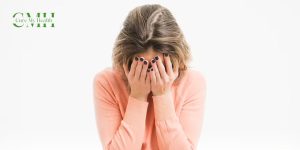
Therapy to Overcome Trypophobia
People who are suffering from trypophobia that will affect their ability to engage in activities or enjoy life, exposure therapy is the best option for them. This therapy will help you to manage your reaction and severity. This type of psychotherapy helps 9 out of 10 people to overcome specific phobia disorder.
During with exposure therapy, your therapists will do some activities like:
- Your health care provider teaches breathing, clam and relaxation technique when you are experiencing trypophobia symptoms.
- They will show you some images or videos of object patterns or clusters of holes while helping to manage your response.
- He will help you until you are touching and holding a cluster pattern like a sponge.
Cognitive behavioral therapy (CBT) is also used for treatment of trypophobia. This therapy can help to change your perceptions and responses to situations when you triggered trypophobia. If you are experienced or will be in situations that might trigger a situation, your healthcare provider may prescribe anti-medicine to overcome this problem.
Can You Prevent Trypophobia?
Of course, some relaxation techniques like meditations, deep meditations, mindfulness and visualizing some images will help you to avoid trypophobia.
Trypophobia Prognosis
Most people who take exposure therapy can see improvement in their symptoms. Once you can handle trypophobia triggers, you can use some techniques such as breathing or relaxation to manage your body’ reactions.
A Bottom Line
Trypophobia (fear of hole) refers to fear of holes from clusters and patterns. It may trigger through everyday items like sponge, seedy flower, shower heads, and foods. Trypophobia brings anxiety and depression that can affect your personal life. Here is advice for you that don’t feel embarrassed, you should talk with your therapist if you are experiencing symptoms of trypophobia. If you find trypophobia in a test, your health care provider suggests you take exposure therapy to overcome this issue.



